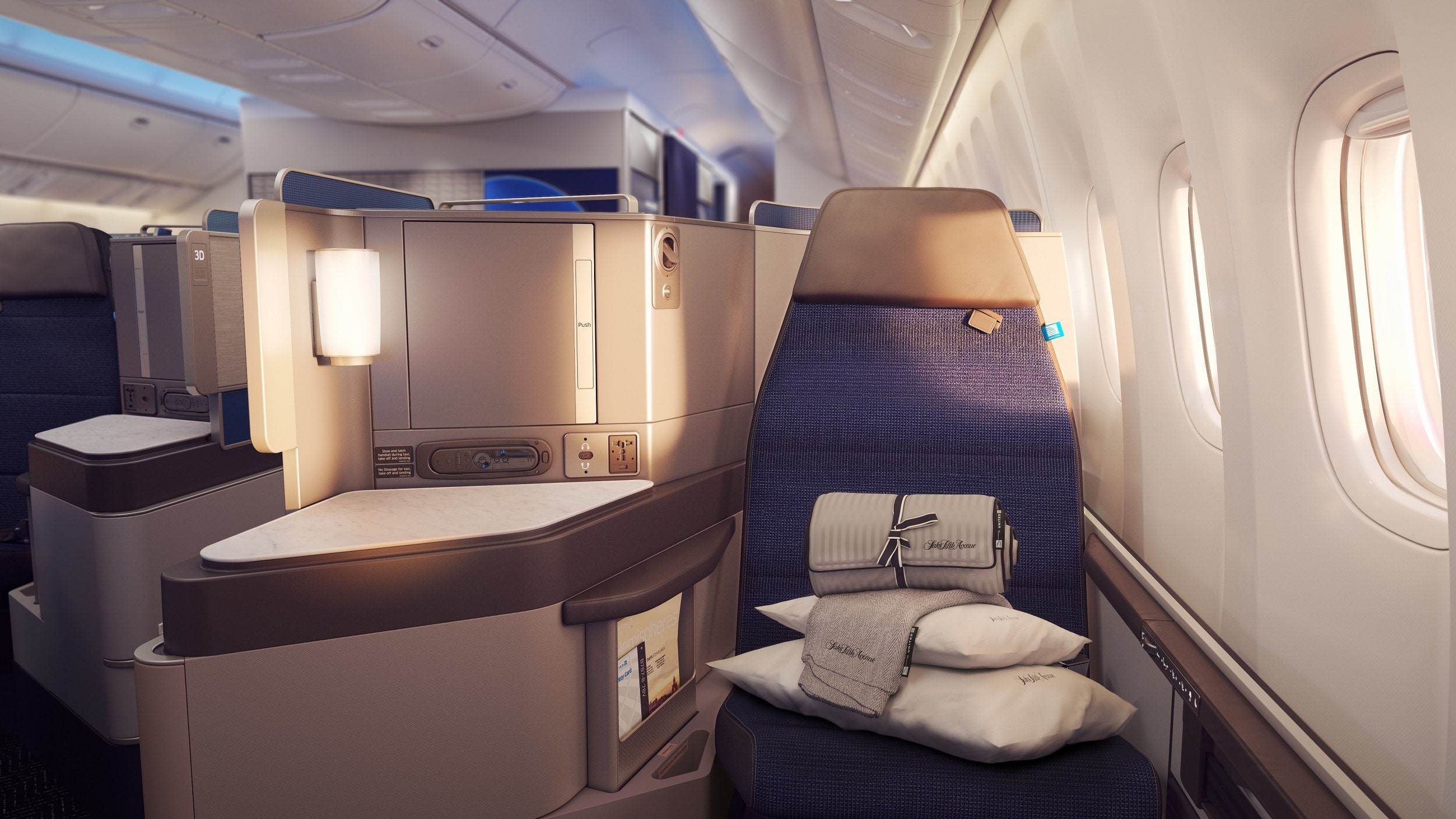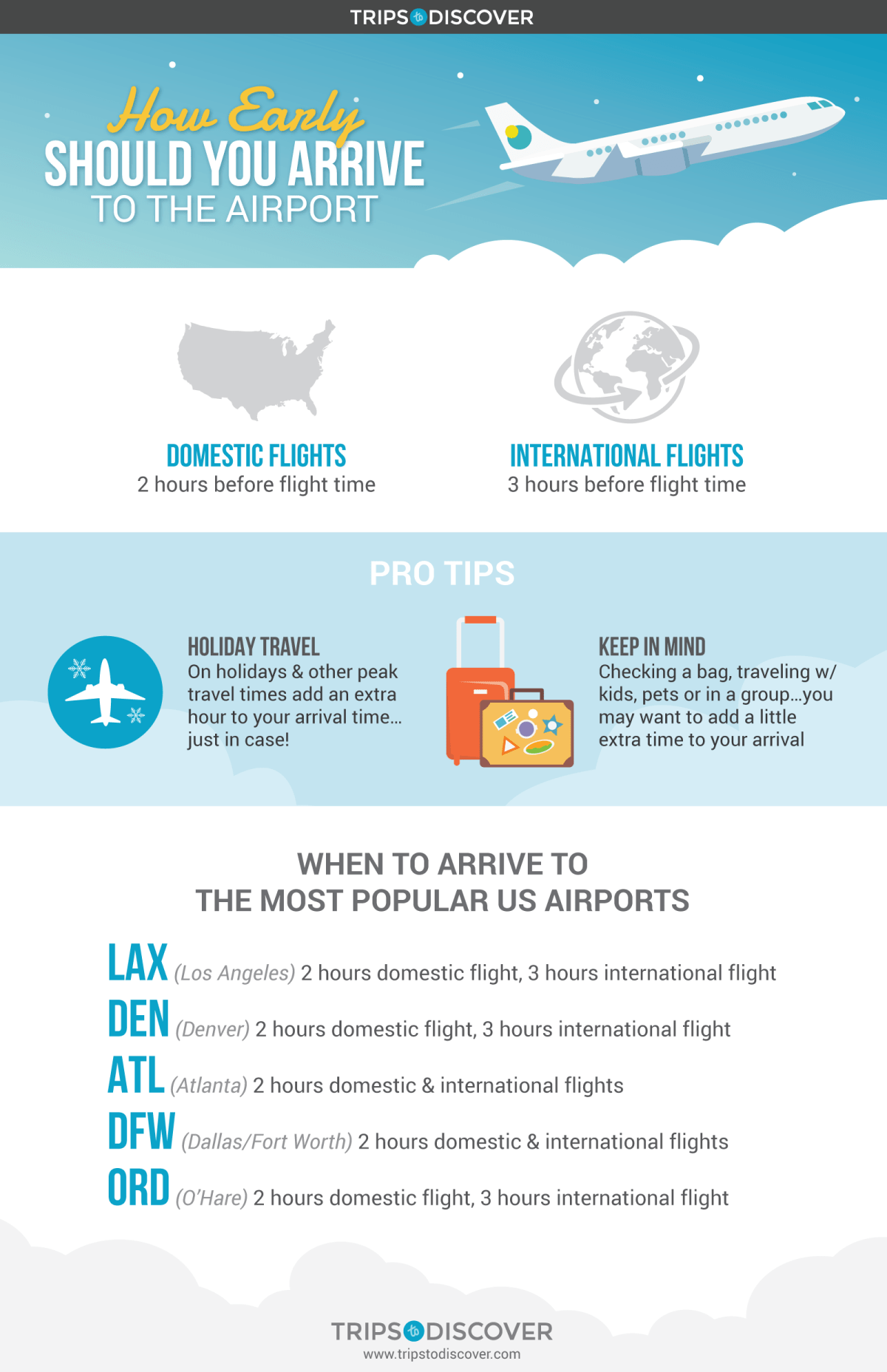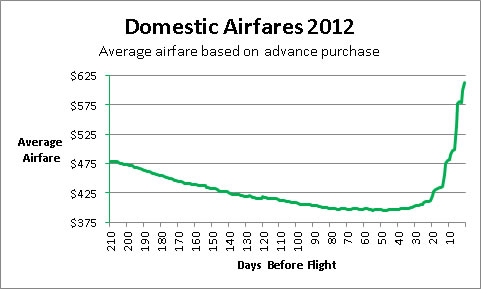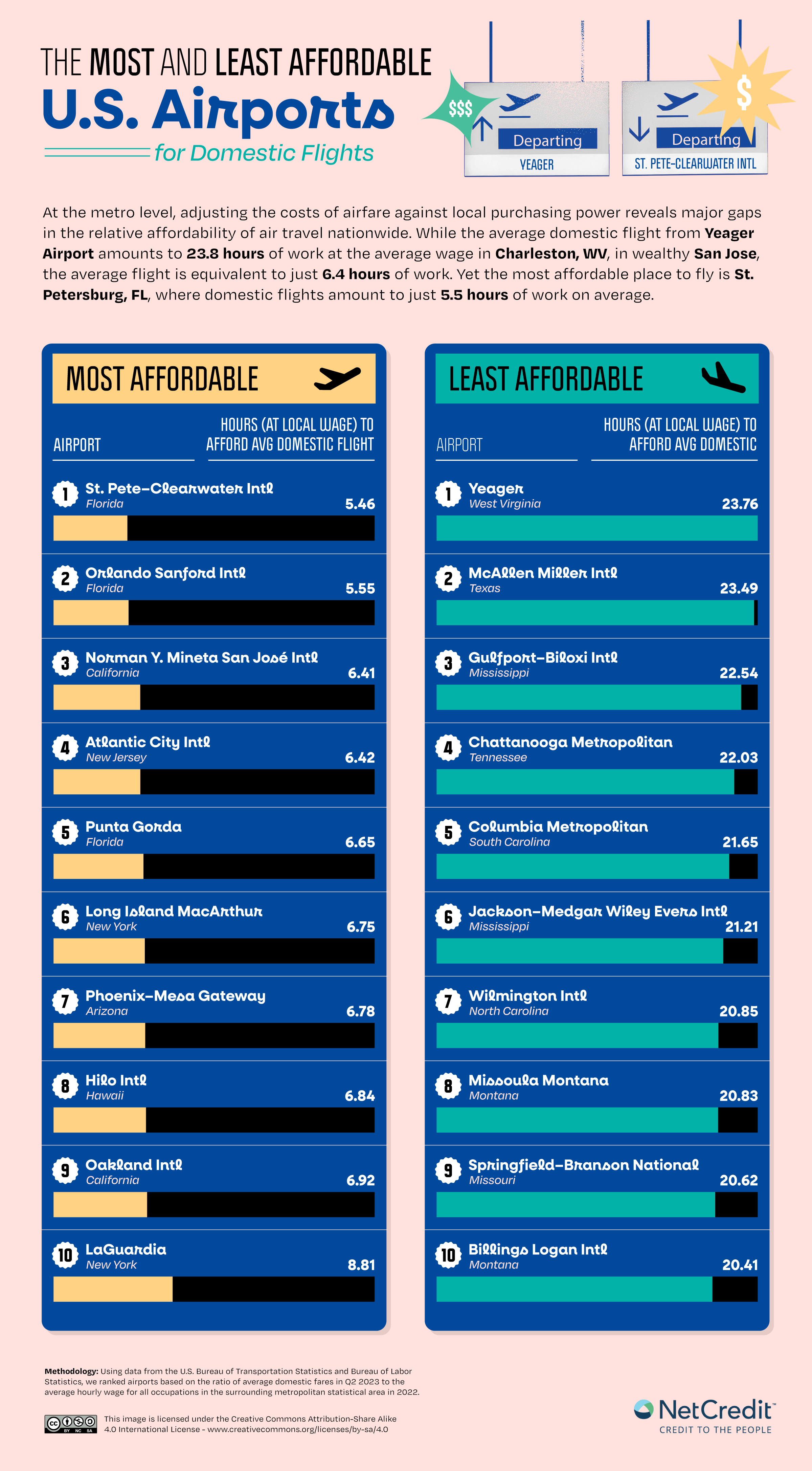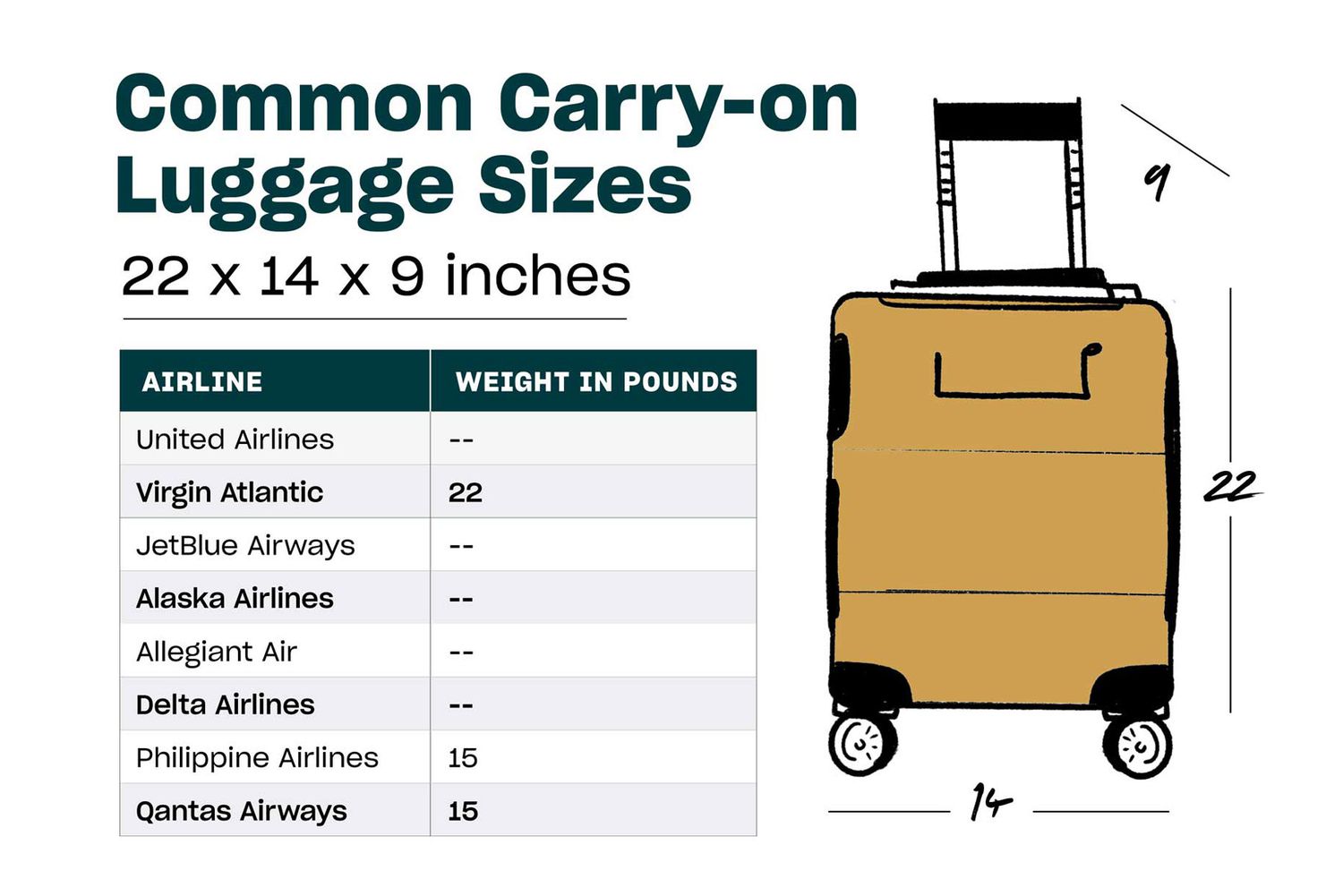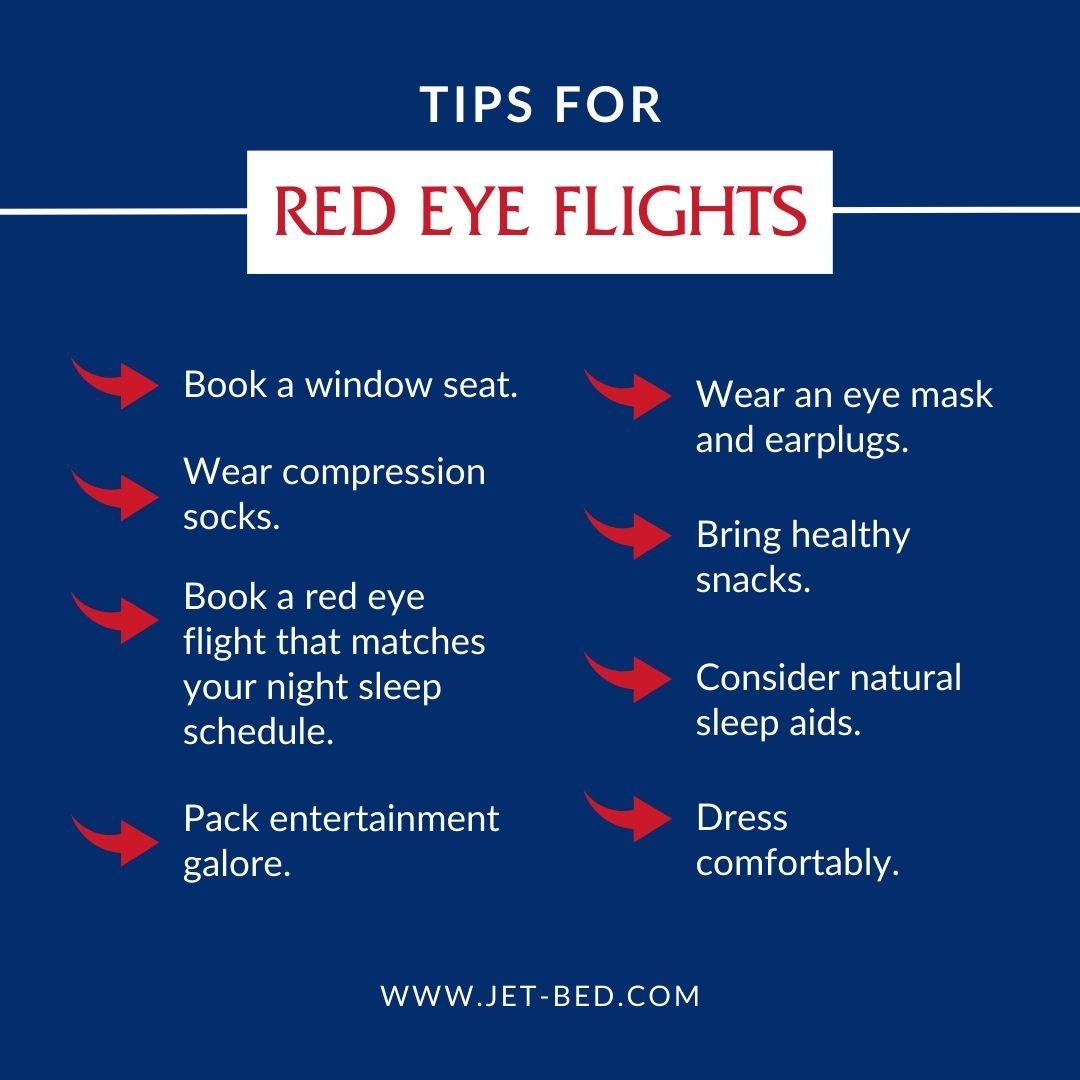
In the bustling world of air travel, it’s a well-known yet curious phenomenon that red-eye flights often come with a lower price tag compared to their daytime counterparts. This odd hour of travel, named for the inevitable sleep deprivation evident in tired eyes, is frequently leveraged by budget-conscious travelers seeking cost-effective options within the boundaries of domestic routes. But what specific factors contribute to this apparent affordability, and is the discount consistent across all domestic travels?
Historically, airlines have offered red-eye flights as a cost-saving strategy due to lower demand and operational efficiency during off-peak hours. A study conducted in 2021 revealed that these nocturnal flights can be as much as 30% cheaper than day flights on the same route. This price disparity entices the savvy traveler with flexibility in schedule and an eye for bargains, allowing airlines to optimize aircraft utilization around the clock.

Are Red-Eye Flights Cheaper for Domestic Routes?
Red-eye flights are often associated with the idea of saving money. Primarily, these nighttime flights tend to have lower demand, creating an opportunity for travelers to snag cheaper tickets. Airlines aim to fill seats during these odd hours, leading to more competitive pricing. Some passengers prefer the night trips to maximize their time at their destination. Consequently, these flights can be ideal for budget-conscious travelers.
Several factors contribute to the pricing of red-eye flights. A significant one is the operational efficiency airlines achieve during non-peak hours. By using planes and crews during off-hours, airlines make better use of their resources. Additionally, fewer passengers flying at night means airlines need to offer attractive pricing.
- High resource utilization
- Lower demand from passengers
- Reduced airport congestion
are all aspects impacting price differences.
Pricing, however, is not the only consideration when evaluating red-eye flights. Choosing a nighttime journey comes with its own set of challenges. Passengers must contend with fatigue and limited services on board. Sleeping in a cramped airplane seat may not be comfortable for everyone. Yet, many embrace these trade-offs for the benefit of cost savings and daytime flexibility.
For some, the decision to fly at night revolves around convenience and scheduling. Red-eye flights often allow travelers to make the most of their time. Arriving in the early morning, passengers can start their day without the wait for regular check-in times. Because of their practicality, these flights remain a popular choice among business travelers and adventurers alike. Exploring all options, including price, is essential when planning the perfect domestic route.
Reasons Behind Lowering Costs of Red-Eye Flights
The lower costs of red-eye flights can be attributed to several key factors. One primary reason is the reduced demand for nighttime travel. Many people prefer traveling during the day, creating less competition for those nighttime seats. This lower demand often leads to discounted ticket prices. Airlines adjust their pricing strategies to attract more night-time travelers.
Economies of scale also play a role in cost reduction. Operating flights during off-peak hours improves resource utilization, including aircraft and crew. By flying at night, airlines efficiently use their planes, which might otherwise sit idle. This leads to savings that can be passed on to passengers as lower ticket prices. It’s a strategic move by airlines to maximize profits in unconventional ways.
Additionally, operational costs are marginally lower during red-eye hours. Airports tend to be less crowded, reducing congestion-related delays. This efficient use of time at airports can contribute to smoother flight operations. Fuel costs may also decrease slightly due to better air traffic management. All these factors help in bringing down the overall cost of running flights at night.
To attract customers, airlines often offer promotional deals for red-eye flights. Providing incentives encourages travelers to book these less popular flights. Airlines might include perks like free extra baggage or complimentary meals. By enhancing the appeal of red-eye flights, companies aim to boost ticket sales during these unconventional times. Ultimately, these strategies make red-eye flights a budget-friendly choice.
Factors Affecting the Price of Red-Eye Flights
The price of red-eye flights is influenced by a variety of factors. One of the main reasons is demand fluctuations. Since fewer people prefer to fly at night, airlines often reduce prices to attract passengers. Time of booking plays a crucial role; last-minute bookings tend to cost more, even for a nighttime flight. Flexibility in travel dates can also impact ticket costs significantly.
Airline competition is another significant factor in determining prices. On highly competitive routes, multiple airlines might offer red-eye services, pushing prices down. However, if one airline dominates a route, they can set higher prices. This competition ensures that travelers can find more affordable ticket options. Additionally, airlines often adjust fares based on their overall strategy to fill seats efficiently.
Operational considerations are essential in pricing decisions for red-eye flights. Costs related to airport fees, crew salaries, and aircraft maintenance can vary.
- Crew availability
- Aircraft maintenance scheduling
- Nighttime airport fees
influence overall pricing. Managing these operational aspects allows airlines to offer competitive pricing to passengers.
External factors such as economic conditions and fuel prices also play a role. During times of economic downturn, airlines may lower prices to boost travel. Similarly, changes in fuel costs can lead to adjustments in ticket prices. Weather conditions affecting flight schedules can have implications as well. Together, these factors form a complex web that influences how airlines price their red-eye flights.
Pros and Cons of Choosing Red-Eye Flights
Red-eye flights offer several advantages to travelers. One of the biggest benefits is cost savings, as these flights are often cheaper compared to daytime options. Additionally, flying at night allows you to utilize daytime for activities at your destination. For business travelers, this means arriving refreshed and ready for meetings in the morning. Moreover, airports are less crowded, making for a smoother travel experience.
Despite these benefits, there are some downsides to red-eye flights. Sleep can be challenging due to the limited space and noise on the plane. For some passengers, arriving at their destination in the early morning can lead to fatigue throughout the day. It’s difficult to adjust sleep schedules to accommodate a nighttime journey. Jet lag can also be an issue when crossing time zones.
Comfort is another concern when considering red-eye flights. Sleeping in an upright position is not everyone’s idea of restfulness. Some airlines offer blankets and pillows, but they don’t always guarantee a peaceful sleep. However, travelers can prep by bringing neck pillows, earplugs, or sleep masks. Overcoming these comfort challenges depends on individual preferences and travel habits.
Red-eye flights may also have limited onboard services. Nighttime flights might offer fewer dining options due to the late hour. Entertainment options might also be reduced, which can be disappointing for those relying on them to pass the time. Yet, for self-sufficient travelers, bringing a book or preloaded entertainment can make the flight more enjoyable. Planning ahead can mitigate the lack of in-flight amenities.
Ultimately, choosing a red-eye flight involves weighing the pros and cons. Considering factors like cost, convenience, and personal comfort can guide your decision. For some, the benefits far outweigh the downsides. Each traveler will need to assess how these flights fit into their overall travel goals. Making an informed decision can enhance the travel experience significantly.
Tips to Survive a Red-Eye Flight
Preparing in advance is key to surviving a red-eye flight. Bringing the right supplies can make a big difference. Items like a neck pillow, eye mask, and earplugs can aid in getting some much-needed rest.
- Neck pillow
- Eye mask
- Earplugs
are essentials that travelers often recommend. Packing these items in your carry-on ensures they’re easily accessible.
Choosing the right seat can also enhance your chances of sleeping well. A window seat allows you to lean against the wall, providing added comfort. Avoiding seats near the restroom can minimize disruptions throughout the flight. Seat selection is crucial for comfort and peace. Booking early can give you better options when picking seats.
Setting a sleepy mood before boarding might help you fall asleep faster. Managing light exposure is important; try to dim screens and use an eye mask once onboard. Listening to calming music or a podcast can aid relaxation. Establishing a peaceful environment increases your chance of resting effectively. All these actions can signal your body to wind down.
Hydration and avoiding heavy meals before boarding can also play significant roles. Drinking water keeps you hydrated in the dry cabin air. Light snacks are preferable over rich, greasy foods that might disturb your rest. Staying hydrated also reduces the chance of feeling groggy upon arrival. Simple dietary choices can enhance comfort during the flight.
Adopting a routine aligned with your arrival schedule can minimize jet lag. Adjusting your watch to the destination’s time zone upon boarding can mentally prepare you. Planning activities for the following day helps you transition smoothly. Maintaining a healthy post-flight routine aids in adapting fast. With these tips, surviving a red-eye flight becomes more manageable and less stressful.
Frequently Asked Questions
Red-eye flights offer unique advantages and challenges. This FAQ section addresses common questions about their costs, benefits, and experiences.
1. Why do airlines offer red-eye flights?
Red-eye flights are offered primarily to maximize resource utilization and provide travelers with flexible scheduling options. By flying at night, airlines can make better use of aircraft and crews that would otherwise be inactive, helping them enhance overall operational efficiency.
These nighttime flights cater to travelers looking to save time by flying overnight, thus arriving refreshed and ready to begin their activities the following day. Offering red-eye flights allows airlines to differentiate themselves and appeal to both budget-conscious and business travelers.
2. What are some benefits of taking a red-eye flight?
One key benefit of taking a red-eye flight is arriving at your destination early in the morning, giving you a full day to explore or attend to business matters. Another advantage is often enjoying a quieter and less crowded airport experience during nighttime travel.
In addition, passengers on red-eye flights may find increased availability of affordable tickets. For many travelers, these benefits make the prospect of flying overnight more attractive, despite the potential for sleep disruptions.
3. How can I prepare for a red-eye flight?
To prepare for a red-eye flight, pack essentials like a neck pillow, eye mask, and earplugs, as they can help you sleep more comfortably. Arranging for light meals and staying hydrated can also enhance your experience, preventing discomfort during travel.
It’s wise to set your watch to your destination’s time and try to rest before the flight, aligning with the local time zone upon arrival. By taking these steps, you can make your red-eye flight less taxing and improve your travel outcome.
4. Are red-eye flights available for all destinations?
Red-eye flights are more common on popular domestic and international routes, typically connecting major cities. However, not every route will have a red-eye option, especially for short domestic flights or less-traveled locations.
Airlines generally offer red-eye flights where there’s sufficient demand and operational efficiency. Checking with airlines beforehand will help determine if your desired destination supports these nighttime flights.
5. Do red-eye flights affect passengers’ health?
Red-eye flights can sometimes impact passengers’ sleep patterns, potentially causing fatigue or jet lag. For those unaccustomed to sleeping on planes, the change in routine may lead to temporary inconvenience and tiredness upon arrival.
However, many travelers find ways to mitigate these effects with proper preparation and scheduling. By planning sleep and adhering to healthy routines post-flight, passengers can minimize any adverse health impacts and maximize the benefits of red-eye travel.
Conclusion
Red-eye flights offer a unique blend of cost savings, convenience, and flexible scheduling for travelers. While sometimes posing challenges like discomfort and fatigue, these flights allow passengers to make the most of their time. By understanding the factors influencing red-eye pricing, travelers can make informed decisions that align with their needs. This makes them an appealing option for a range of travel preferences.
Whether for business or leisure, red-eye flights serve as a strategic choice for many. By preparing adequately and considering potential pros and cons, travelers can enjoy a smoother journey and maximize their travel experiences. As air travel continues to evolve, red-eye flights remain a practical option for those seeking efficiency and economy. They represent a valuable component of the modern travel landscape.

